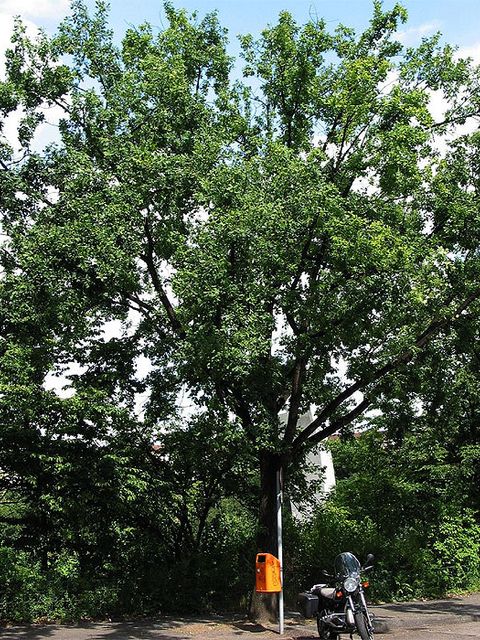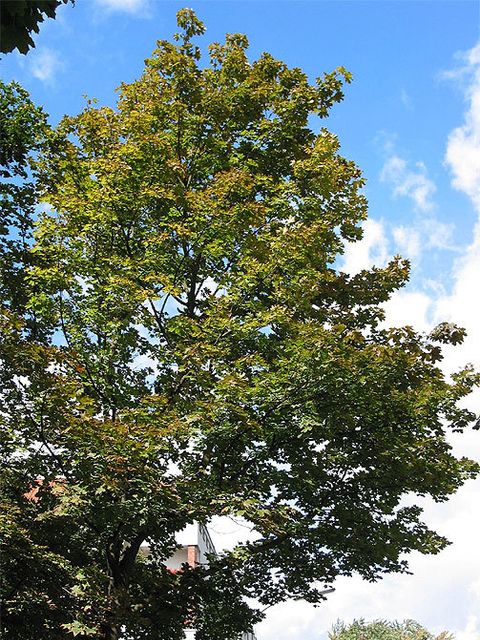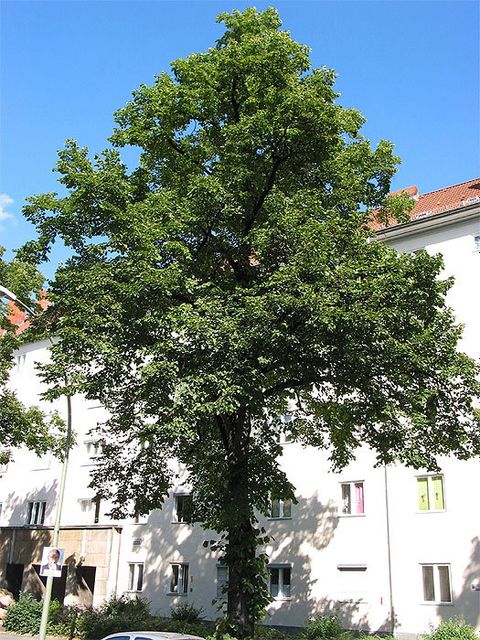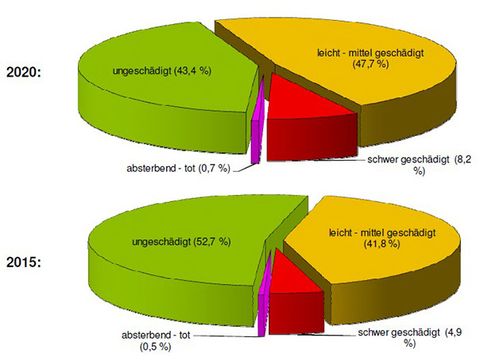Condition of the street trees (vitality)
Percentage of damaged trees of the four main Berlin tree genera: lime, maple, plane and horse chestnut (data as of 2020)
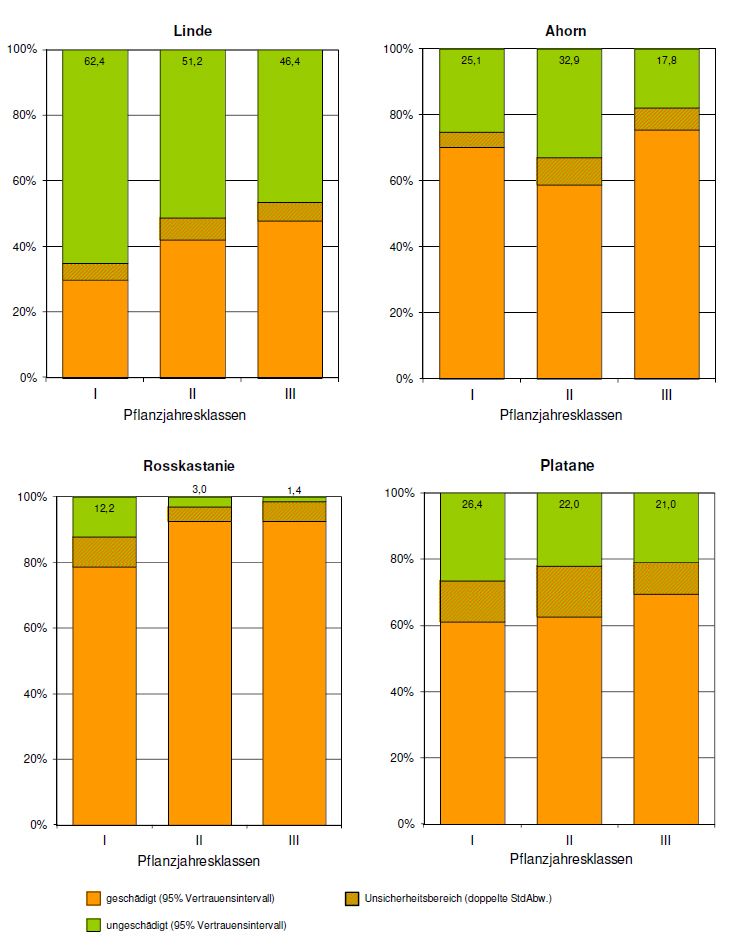
Tree genera and planting year classes 2020
Image: SenUVK
Street tree condition reports 2020, 2015, 2010 (in German)
-
Straßenbaum-Zustandsbericht "Berliner Innenstadt 2020"
PDF-Document (8.4 MB)
-
Straßenbaum-Zustandsbericht "Berliner Innenstadt 2015"
PDF-Document (2.3 MB)
-
Straßenbaum-Zustandsbericht "Berliner Innenstadt 2010"
PDF-Document (749.7 kB)
Contact
Planning, planting, maintenance of trees in public spaces, traffic safety, tree felling
Policy matters, overall city tasks
Senate Department for Urban Mobility, Transport, Climate Action and the Environment
Commission Open-Space Planning and Urban Green Space
Kerstin Ehlebracht

